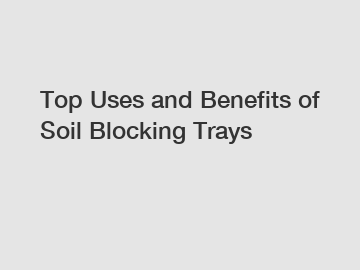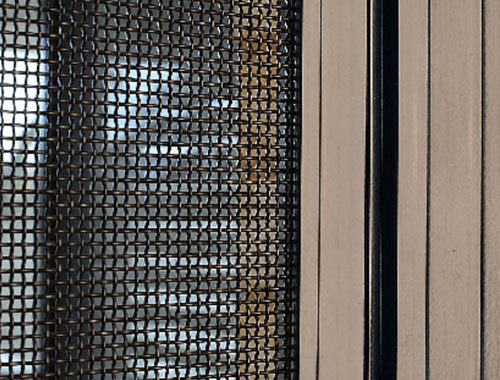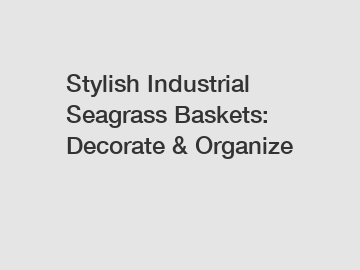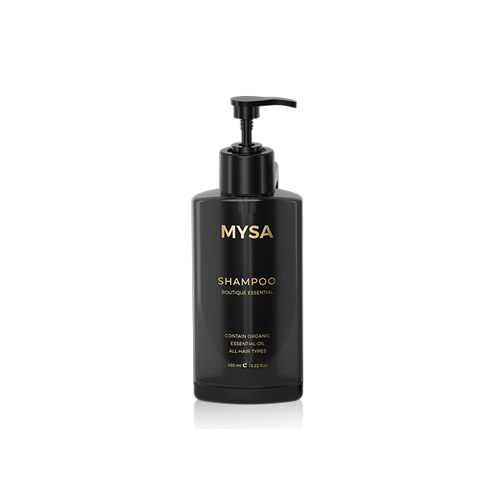Top Uses and Benefits of Soil Blocking Trays
### Step-By-Step Guide to Using Soil Blocking Trays.
Soil blocking trays are a useful tool for starting seeds and growing plants in a compact and efficient manner. They offer several benefits, such as promoting healthy root growth and reducing transplant shock. Here is a step-by-step guide on how to use soil blocking trays effectively:
#### Step 1: Prepare your soil mix.

1. Mix together potting soil, vermiculite, and perlite in a large container. This will create a lightweight and well-draining soil mix that is ideal for seed starting.
2. Add water gradually to the mix until it reaches a moist but not soggy consistency.
#### Step 2: Fill the soil blocking tray.
1. Fill the soil blocking tray with your prepared soil mix, ensuring that it is evenly distributed and packed down lightly.
2. Use a flat surface, such as a piece of wood, to level off the soil mix and create a smooth surface for making the blocks.
#### Step 3: Make soil blocks.
1. Press the soil blocker tool into the soil mix, using a twisting motion to create compact soil blocks.
2. Carefully lift the soil blocking tray off the blocks, leaving them intact and ready for planting.
See also:Are reusable seed starting trays worth the investment?
What are the benefits of using air root pruning pots?
What are the advantages of pro tray nursery?
Top Seed Starting Trays with Dome: Your Complete Guide
Ultimate Guide to Choosing the Best 1020 Nursery Trays
10 Creative Ways to Use Black Trays
5 Reasons Why Sturdy Plastic Reusable Seed Starting Trays Are Essential for Every Gardener
#### Step 4: Plant your seeds.
1. Create a small indentation in the center of each soil block using your finger or a planting tool.
2. Place a seed into each indentation and cover it lightly with soil mix.
#### Step 5: Water and care for your seedlings.
1. Place the soil blocking tray in a warm and bright location, ensuring that the soil blocks stay moist but not waterlogged.
2. Water the seedlings from the bottom by pouring water into the tray and allowing the blocks to absorb the moisture.
#### Step 6: Transplant seedlings.
1. Once the seedlings have developed strong roots and true leaves, they are ready to be transplanted into larger pots or directly into the garden.
2. Gently lift each soil block from the tray and transplant it into its new growing location.
By following these simple steps, you can make the most out of your soil blocking trays and enjoy the many benefits they offer for starting seeds and growing healthy plants.
If you want to learn more, please visit our website Nursery Plant Trays, Rectangle seed starting trays, wholesale plastic seed starter pots 72 cells.
See also:Are Drip Trays Essential for Indoor Gardening?
Comparative Guide: Succulent Propagation Tray vs Traditional Methods
Top Eco-Friendly Tissue Box Holders: Style Meets Sustainability
Top Eco-Friendly Tissue Box Holders for 2024
4 Tips to Select an Eco-Friendly Bamboo Toothbrush for Better Oral Hygiene
How Hand-woven Rattan Baskets Redefine Home Storage?
Key Questions to Ask When Choosing Rattan Wall Decor Baskets










